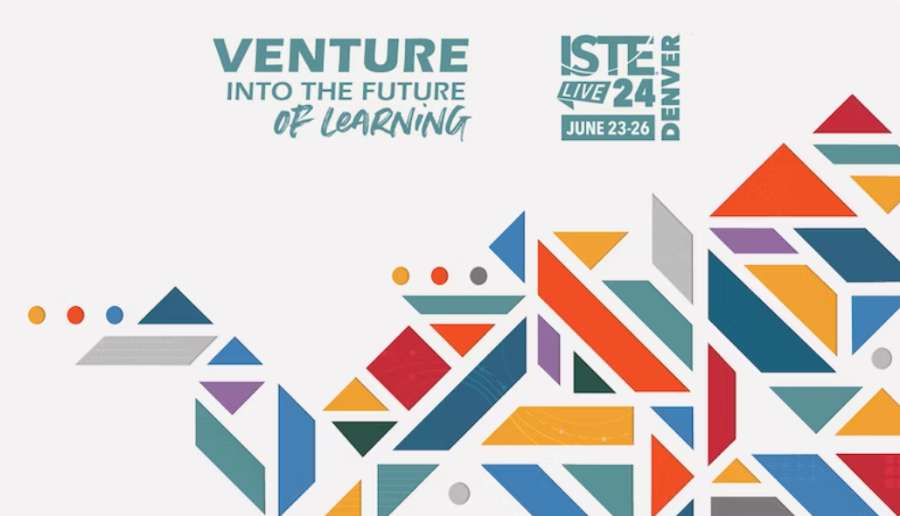
This session will detail the results of a case study of students in grades three through five engaging in digital making by creating virtual reality environments to visualize writing. The session will cover the results of the study as well as tips for implementing VR creation in the classroom.
This study is rooted in social constructivism, and specifically, the belief that learning is constructed through the experiences of the learner. In addition, knowledge and experience come not just from the teacher, but from peers in the class, and others outside the classroom. Collaboration is key in the social constructivist classroom, and it was evident in the study.
This study uses a design-based research approach to intervention, with an embedded case study examination. The case was comprised of a two- week summer camp in which 14 participants in grades three to five met for three hours each afternoon to create their virtual reality environments. The participants were those who signed up to attend the camp and agreed to participate in the study. The qualitative data included focus groups, semi-structured interviews, observations, and artifacts (screenshots of the students' work). Interview and focus group questions focused on the challenges and successes of creating their VR environment, supports that they received from peers and teachers, and participants' feelings about using the tool. The examination of artifacts, along with questions asked in focus groups and interviews, explored the effectiveness of the creation of a VR scene to visualize the stories the students were writing in the morning camp sessions.
Although all data have been collected, the analysis is ongoing. It is expected that the results will show that students were engaged in the learning activities and enjoyed creating their own VR scenes. Students frequently gave and received assistance and feedback from peers. Students were able to learn to use this new tool with little formal training or instruction from teachers. The creation of the VR scenes helped students to add details and explore ideas in their morning writing.
The analysis is expected to be completed by December, 2023.
While virtual reality is becoming increasingly popular as a way to explore learning environments, there is very little research in which students are actually creating VR environments, especially in elementary grades.
Teena, a seasoned educator with 20 years of experience, has made a profound impact in K-12 and higher education. Her roles as a teacher, instructional technology specialist, and instructional coach showcased her commitment to integrating technology into education. Currently, a fifth-year Ph.D. student, she's on the cusp of completing her dissertation, focusing on equipping educators with technology skills. Teena's enduring dedication and expertise continue to shape the future of education.